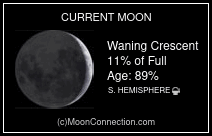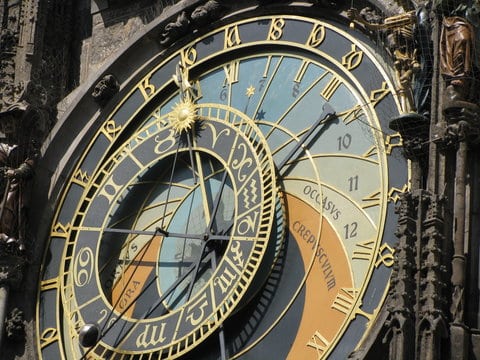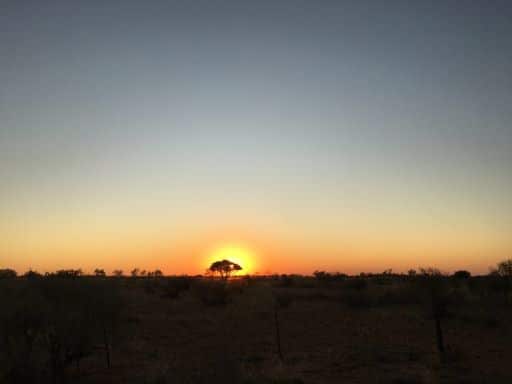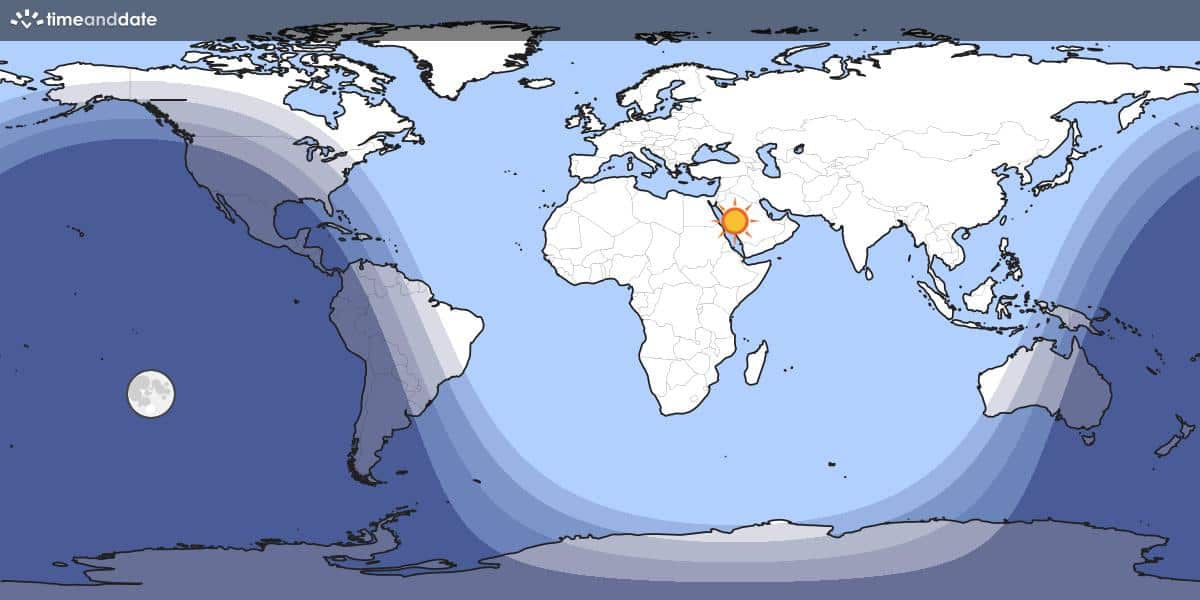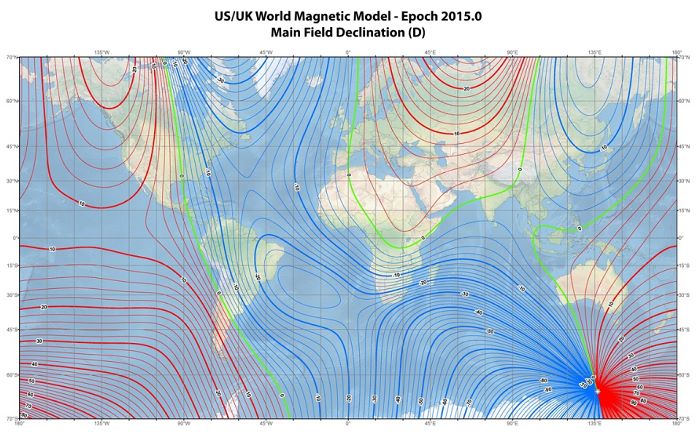N57A Superbubble
Steve Gottlieb’s Observations
NGC 2014 = LMC-N57A = ESO 056-146 = S-L 560 = LH 76
05 32 20 -67 41 24; Dor
V = 9.0; Size 5’x3.5′
30″ (11/5/10 – Coonabarabran, 264x): very bright, large cluster or star cloud (stellar association LH 76) with nebulosity. About 50 stars are resolved in a 5′ region (no distinct boundary on the north side), including many in a 2′ string, elongated N-S. The brightest cluster member is mag 9.9 HD 269723, one of the brightest yellow supergiants in the LMC, at the south end of this string. A portion of the cluster is immersed in nebulosity (N57A), most prominently on the SE side. An irregular wing of haze (roughly elongated SW-NE) extends out of the cluster for a couple of arc minutes on the E side, spreading S and N (part of a Superbubble). NGC 2014 forms an interesting contrast with emission nebula NGC 2020 5′ ESE. The remarkable Seagull Nebula (NGC 2030, 2032, 2035) lies ~20′ NE.
Notes: James Dunlop probably discovered NGC 2014 = D 217 = D 218 = h2900 on 3 Aug 1826. D 218 was described as “a pretty bright round nebula about 30″ diameter with a minute star slightly involved in the nebula.” His position was ~9′ too far ENE. He recorded D 217 as “a rather well-defined nebula, 40″ or 50″ diameter.” His published position was ~5′ too far SSW, though 2 of his 3 observations were 13′ S and 5′ SE.
John Herschel rediscovered NGC 2014 on 23 Dec 1834 (sweep 512) and described the “chief *9 of a very irreg cluster, 4′ long, 3′ broad.” On 30 Dec 1836 (sweep 759) he logged, “a pretty L irreg cluster 7th class; chief *9m taken (at leaving the field); the rest are 10…15m.” Herschel didn’t credit Dunlop with the discovery.
Annie Jump Cannon included N57A as #22 in a table of Gaseous Nebulae in the Magellanic Clouds (Harvard Circular 891).



